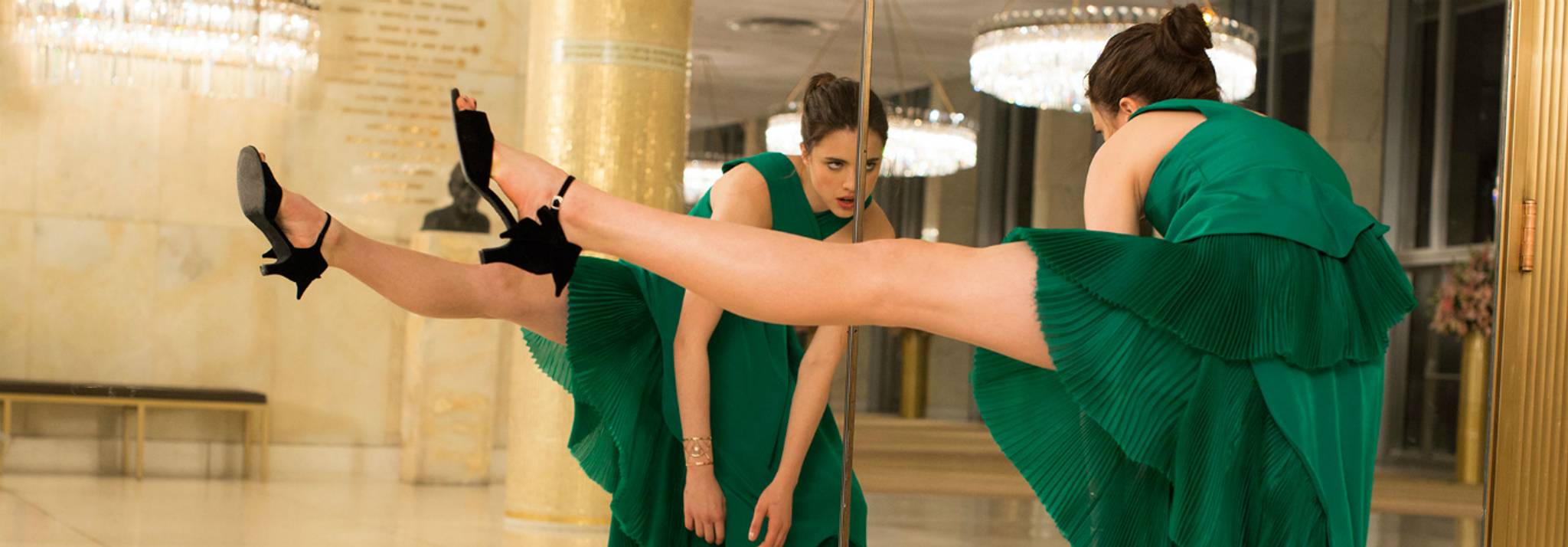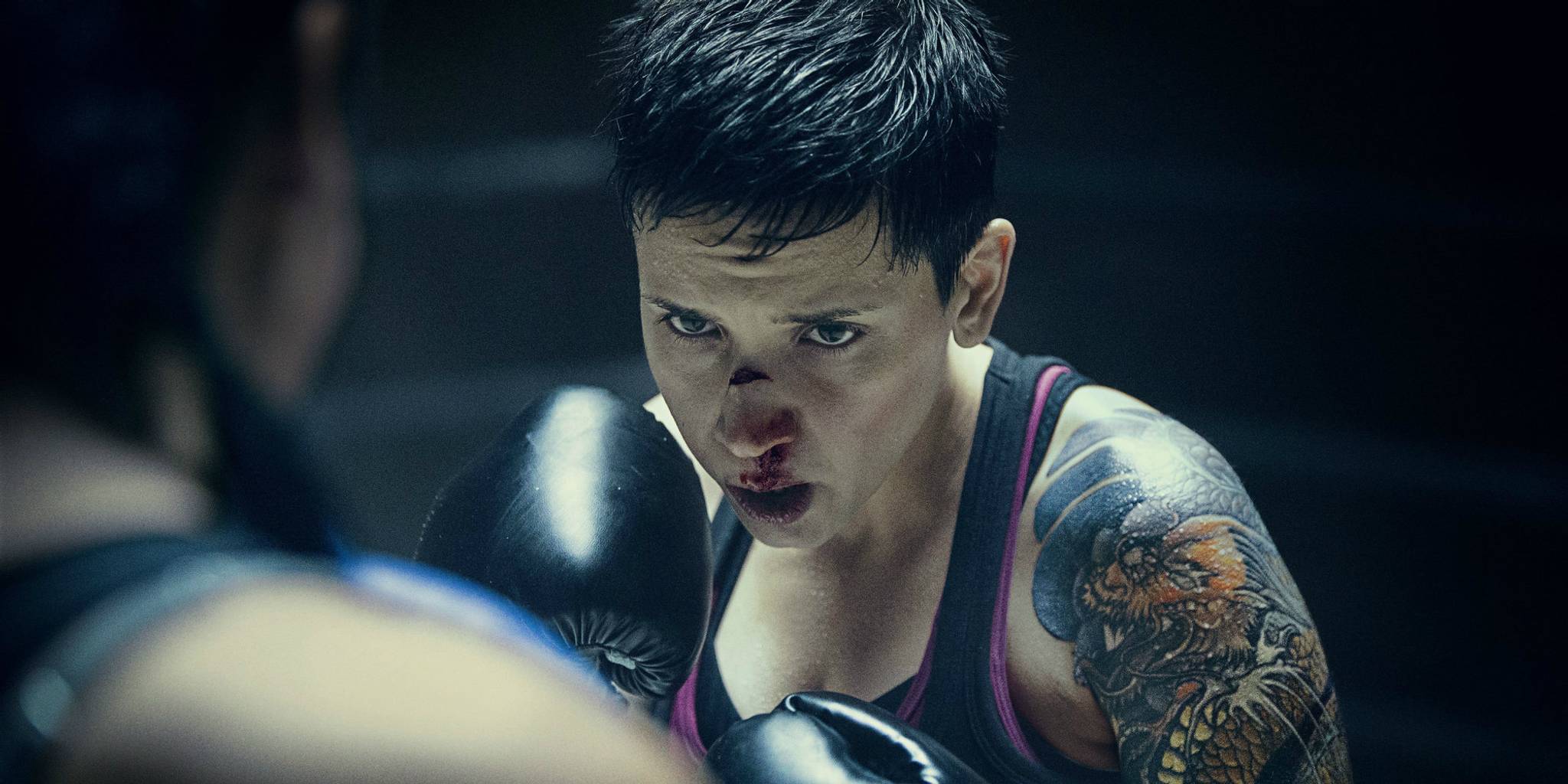
Running since 1960, the Clio Awards recognises innovation and creative excellence in advertising, design and communication. But what about the behaviours and trends that underpin the winning messages? Why did a middle-aged woman in a bad wig selling pretzels go viral? What drove Rick Ross to buy a Checkers franchise? And how can everyone relate to a woman in a designer dress losing it at a fancy dinner? In the final instalment of our deconstruction of award-winning ads, we unpick the key behaviours that underpinned eight of the 2017 Clio Gold Award winners.
1. Bodyform gets bloody real about periods
The beauty industry has long presented the body as something that needs to be fixed or worked on. But as society becomes more tolerant of ‘different’, the body is being embraced in all its natural glory. Bodyform’s ‘Blood’ advert swapped clichés and metaphorical blue liquid for the tagline ‘No blood should hold us back’, featuring images of sportswomen with gashed faces and bleeding noses.
2. Gillette celebrates male vulnerability
Shifting gender norms have turned traditional concepts of masculinity on their head. The advert for the launch of Gillette’s TREO, a razor designed for assisted shaving, reflects this by showing Kristian Rex, a New Jersey man, care for his elderly father. As he gently washes, dresses and shaves his dad, the spot portrays men as individuals who are not afraid to take on more traditionally feminine roles.
3. Budweiser wears its patriotism on its sleeve
With two million US manufacturing jobs disappearing following the recession, ‘Made in America’ is a more valuable label than ever, pushing patriots to put their money where their mouth is. So, in the lead up to the 2016 election, Budweiser temporarily renamed itself ‘America’ and plastered the Pledge of Allegiance on to its packaging, putting national pride into drinkers’ hands.
4. Snyder’s of Hanover trolls American snackers
Now that trolls are everywhere online, brands are faced with a choice – ignore or engage. Snyder’s of Hanover took a leaf out of the troll playbook, using a comical, middle-aged spokeswoman. The ‘Pretzels, Baby’ lady took her tough tone to Twitter armed with borderline-aggressive comeback videos for those doubting the superiority of pretzels, culminating in a Twitter war with TV personality Andy Richter.

5. Danish TV channel TV2 closes the gap between 'us' and 'them'
With populations increasingly polarised, softer messages of inclusivity are striking a chord, especially those that embrace different perspectives. Danish network TV2 tapped into this by celebrating the common ground. It split diverse Danes into arbitrary groups such as ‘those who were the class clown’ and ‘those who are lonely’, and demonstrated how a shared sense of humour – or heartbreak – can break down barriers.
6. Checkers and Rick Ross ‘Buy Back the Block’ for the community
Chain franchises are often seen as faceless big-box businesses, and are not readily regarded as having integrity and a wider purpose. In Checkers’ ‘Buy Back the Block’ campaign, rap mogul Rick Ross purchased the Checkers franchise he used to hang out in as a teen, stating that it was about “Providing jobs. Investing back into the community. Staying in touch with where you from.”
7. IKEA kits out broken homes
Around 25,000 marriages in Sweden end in divorce each year. Yet despite the decline of the nuclear family, few adverts depict the reality of many modern households. In ‘Every Other Week’, IKEA Sweden tackled one small element of life post-divorce – the two bedrooms of Leon, a young boy whose parents have separated. In an attempt to make an unusual situation feel more familiar, Leon’s dad has decorated his new room with IKEA furniture that’s identical to his other bedroom.
8. Kenzo understands the need for a pressure valve
Increasing pressures to eat healthily, live ethically and be successful have fuelled demand for a means of escape. In Kenzo’s ‘My Mutant Brain’, dancer Margaret Qualley is initially shown smiling politely through a glamorous, but dreary, awards ceremony. Then, after excusing herself, she lets out the inner rage she has been suppressing through a manic and beautiful dance. Fatigued by impossible expectations, people are partaking in a universal backlash, and Qualley – screaming silently into the camera – is a perfect figurehead.



